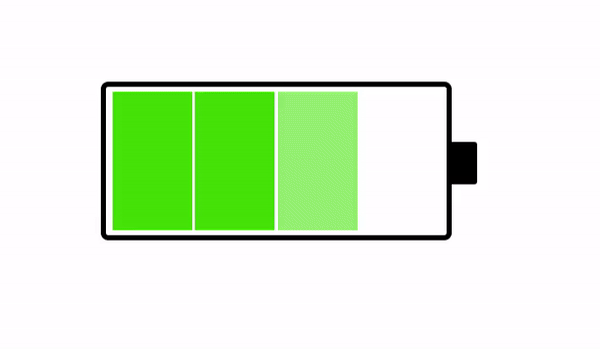The concept of yeoinsuk was first defined in the ‘Accommodation Business Act’ enacted in 1962 and continued through the implementation of the ‘Public Health Act’ in 1986, which replaced the Accommodation Business Act. However, it ceased to be used when the ‘Public Health Control Act’ replaced the Public Health Act in 1999. Nevertheless, until May 2013, yeoinsuk was considered as a type of lodging property under the Enforcement Decree of Building Act and continues to be classified as a type of lodging business under the ‘Business Code – 10th Korean Standard Industrial Classification Linked Table’ used for business registration.
The ‘Enforcement Regulation of Public Health Act’, abolished in 1999, specified the following facility standards for yeoinsuk businesses in Appendix 1:
Guestroom
- The total floor area must be at least 33 square meters.
- If divided into individual rooms, each room must have a minimum area of 4 square meters.
- Entrances and windows must be equipped with locks.
Other Requirements
- The following facilities and equipment must be installed:
- Shared baths or shower facilities.
- Flush toilets. However, in areas without proper sewage systems, separate non-flush toilets may be installed separately for men and women away from the guestroom building.
- Washbasins.
- If a communal kitchen is provided, it must have:
- Partitioned from other rooms using walls or panels.
- Insect-proof installations on doors, windows, and other openings.
- A drainage system and a sewage tank outside.
- Facilities to remove smoke, steam, and odors.
- According to building regulations, adequate lighting and ventilation facilities must be installed.
- Lighting, moisture-proofing, insect-proofing, and drainage facilities as specified by building regulations.

